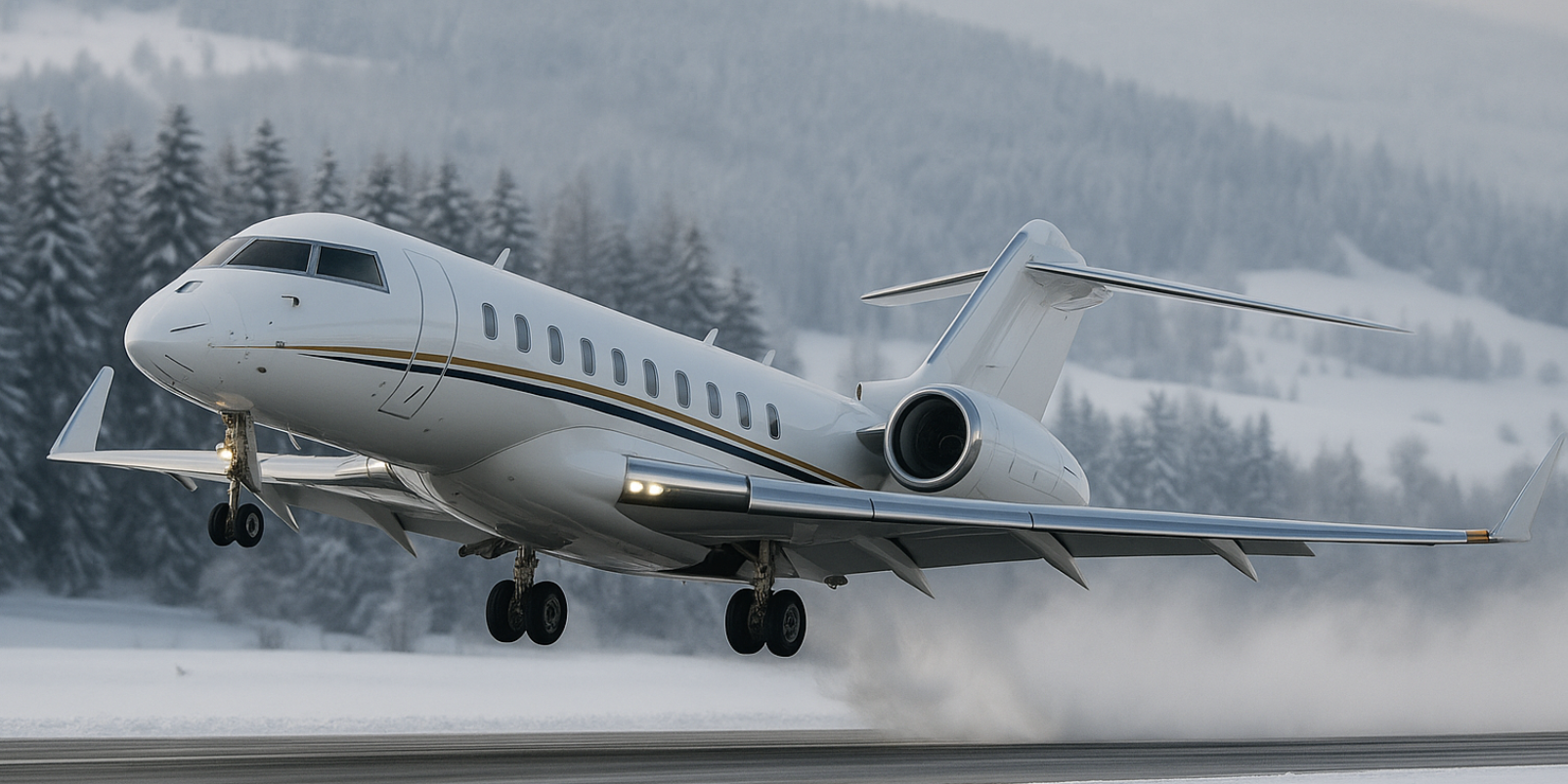How Weather Impacts Private Flights - And How To Stay Ahead Of It
Most travelers assume private aviation is immune to weather delays. It isn’t. Private flyers have more control and better options than commercial passengers, but weather still dictates what can and cannot safely happen. The difference is that you can be far more proactive, if you know how the system works.
Below is a clear breakdown of how weather affects private flights, the situations that cause the most disruption, and the steps you can take to stay ahead of avoidable delays, diversions, and surprises.
The Two Weather Factors That Matter Most
Visibility, Wind, and Runway Conditions
Private jets often use smaller airports. That’s a benefit for convenience, but many of these airports have shorter runways, limited de-icing, fewer instrument approaches, and tighter wind limits. Low visibility, strong crosswinds, or icy runways can shut down a private operation faster than a major airport.
Aircraft-Specific Weather Limits
Every aircraft type has its own operating minimums. A Challenger can handle conditions that might ground a Phenom. A G450 can fly comfortably in weather that an XLS cannot. Crew experience and operator procedures matter too. This is why two travelers using two different brokers can have radically different weather outcomes on the same day.
Weather Situations That Cause the Most Trouble
Winter Storms and Ice
The biggest disruptor in private aviation. Many airports don’t offer de-icing or have limited equipment. Winter operations often require added fuel, alternates, or earlier departures. Aspen departures around the holidays are a classic example of how infrastructure—not just weather—can slow everything down.
Mountain Weather
Aspen, Truckee, Sun Valley, Jackson Hole, and similar airports are known for rapidly changing conditions, tight approach paths, and variable ceilings. Flights here are safe, but they’re also the most likely to require schedule shifts, early departures, or repositioning.
Summer Thunderstorms
Convective weather leads to ground stops, reroutes, and ramp closures. Thunderstorms shut everything down—no operator can push through them.
Coastal Fog
Morning fog in the Northeast, Northern California, the Pacific Northwest, and SoCal frequently drops airports below minimums. When that happens, everything waits.
Why Some Private Travelers Get Out on Time While Others Don’t
Operator Quality
Top-tier operators pre-position aircraft before storms, use experienced crews, build smart alternates, and communicate risks proactively. Lower-tier operators cross their fingers and hope.
Airport Strategy
Backup airports keep trips alive. Landing in Rifle or Grand Junction instead of Aspen during marginal weather is often the difference between arriving on time or canceling outright. The same goes for choosing afternoon arrivals in fog-prone coastal regions.
Flexibility
Travelers who insist on rigid departure times get caught the most. Even a two- to three-hour buffer dramatically increases the chances of flying on schedule.
How to Be Proactive and Avoid Weather Disruptions
Build a Weather Buffer During Peak Months
Christmas to New Year’s, spring break, summer monsoon season, wildfire season, and holiday weekends are all periods where conditions change fast. A buffer keeps you protected.
Ask About the Operator’s Weather Plan
You should know where the aircraft will stage, what alternates they’re considering, crew experience, and whether de-icing is available. If your advisor can’t answer this, you’re not being advised.
Choose Airports Based on Strategy, Not Habit
If weather looks questionable, choose the airport most likely to stay open—not just the one closest to your final destination.
Keep Departure Times Flexible
A small amount of flexibility can be the difference between getting out or getting stuck.
Work With an Advisor Who Monitors Weather Daily
Weather reliability is less about reacting and more about anticipating. The PJC specializes in proactive monitoring, alternate planning, and early communication so issues are solved before they reach the client.
Weather will always influence private aviation, but it doesn’t have to derail your plans. With proactive planning, smart airport choices, flexibility, and the right advisor, your travel stays smooth even when conditions aren’t.
‹ Back







